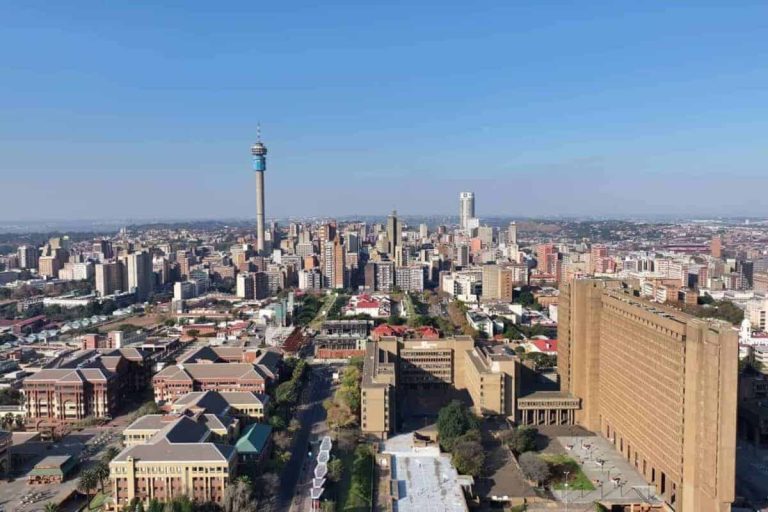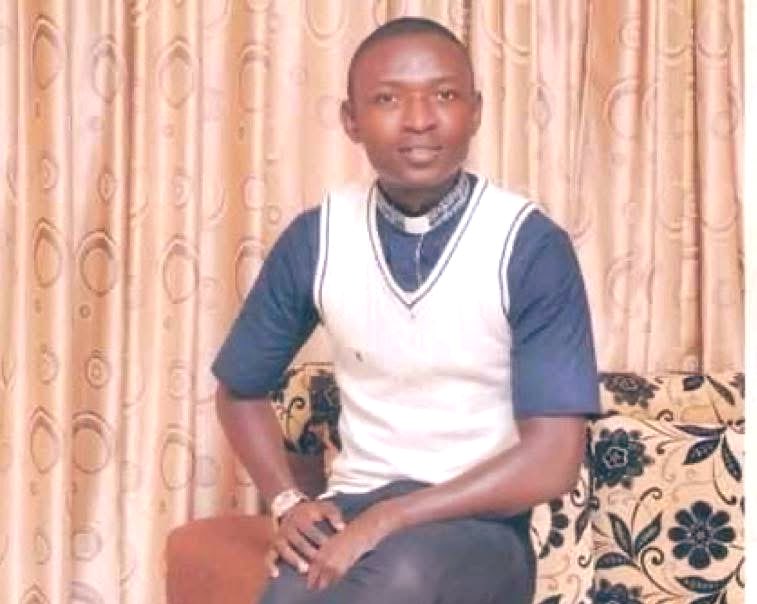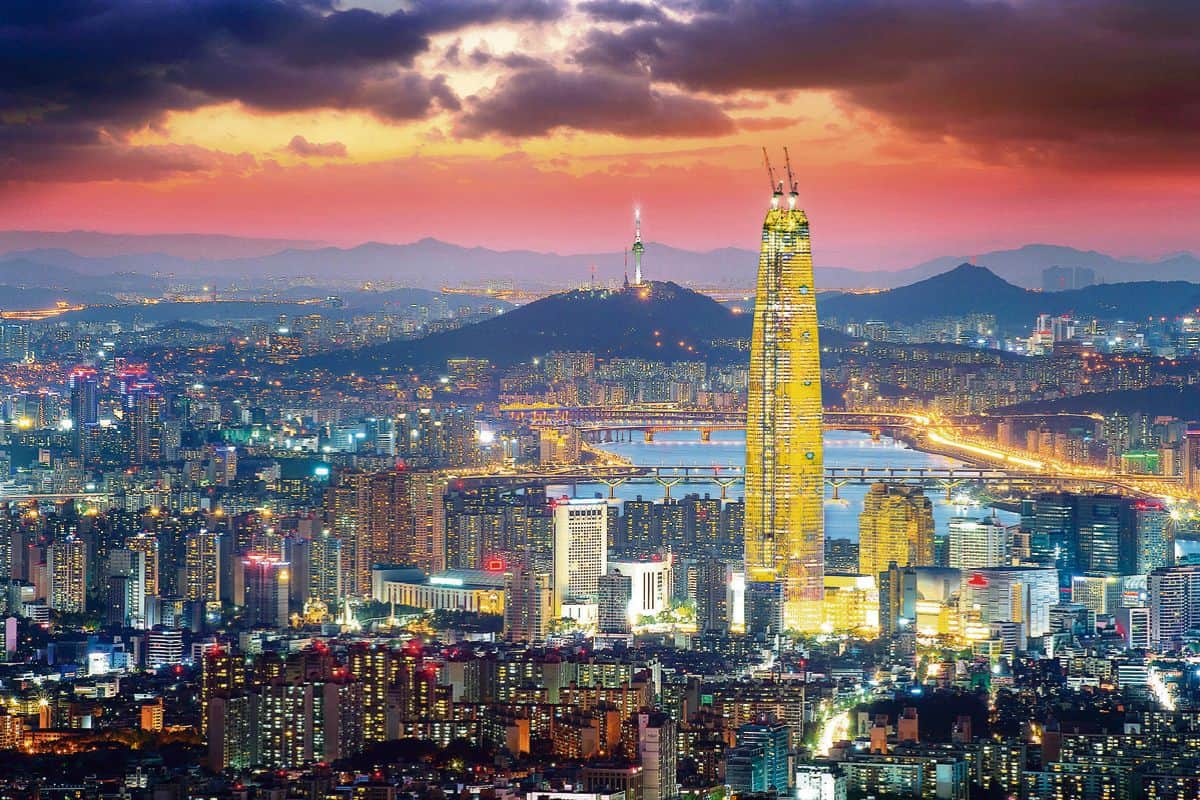
It wasn’t a person and it wasn’t even a place. It was a language, or more precisely, the beautiful and poetic Korean alphabet known as Hangul.
When I landed in South Korea, I had no idea that a series of curved lines and geometric shapes would capture my heart.
I came for the Hangul Festival and Hangul Day, a national celebration that honours the Korean alphabet.
I left with a new-found respect for how language can be both an art form and a bridge between cultures.
Before arriving, I’ll admit, Hangul looked intimidating. The characters seemed like intricate puzzles and I was convinced it would take me months to even write my name. But in Korea, patience is a way of life.
There’s a warmth in the way locals help foreigners embrace not just their alphabet but their entire way of communicating.
That’s when I began to understand something profound: learning Hangul isn’t only about memorising letters, it’s about feeling the rhythm of a people who value clarity, connection and grace.
Every stroke of Hangul carries centuries of meaning and pride. Unlike China, Japan or Vietnam, which have complex linguistic roots and characters developed over long histories, South Korea stands firmly in its own identity.
Hangul is not borrowed or adapted. It is entirely its own, born out of a vision to make literacy accessible to everyone.
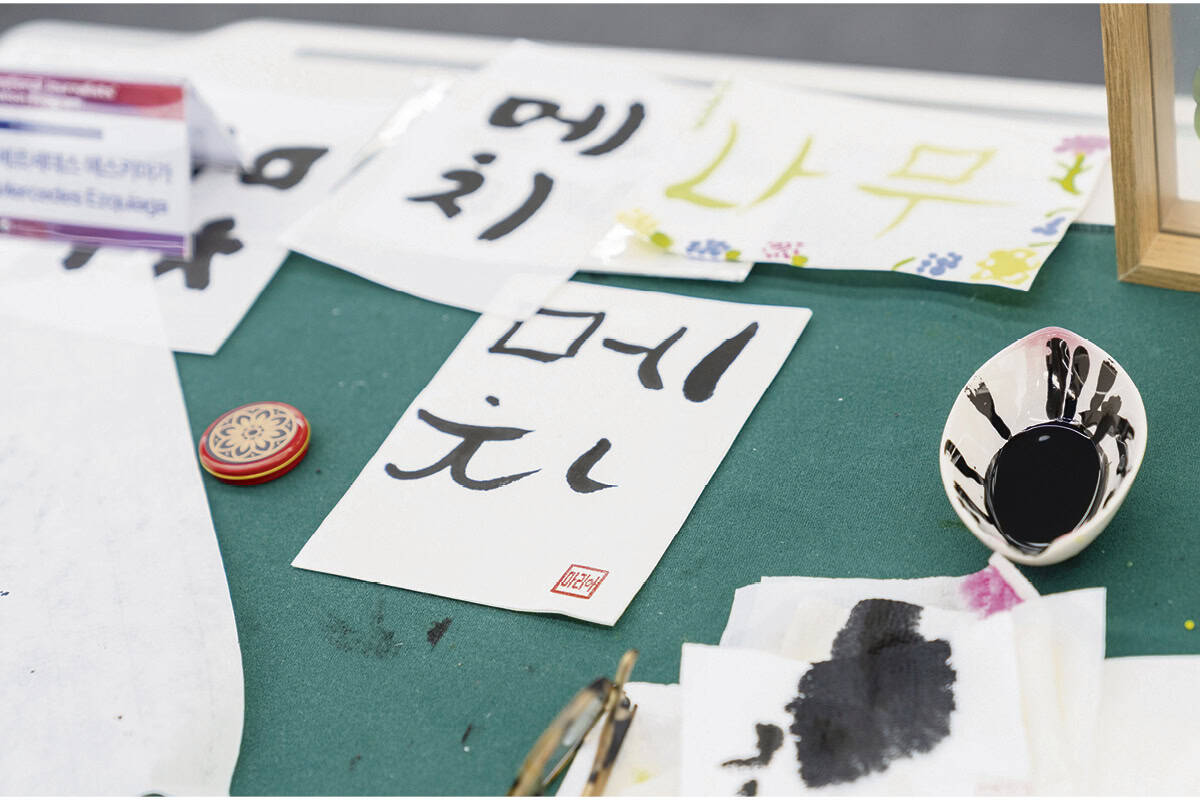
ALSO READ: Beyond the headlines: Moscow’s beauty, surveillance, and surprises
A script rooted in history and purpose
In the 15th century, King Sejong the Great, a ruler admired for his intelligence and compassion, dreamed of creating a language that would belong to his people.
At the time, only the elite could read and write using Chinese characters, leaving commoners voiceless.
King Sejong wanted every farmer, merchant and mother to have the power to express themselves through writing.
And so, in 1446, Hangul was born, introduced to the world through a royal document called Hunminjeongeum, meaning “the correct sounds for the instruction of the people”.
It is often described as one of the most scientific alphabets ever created, carefully designed to mimic the shape of the mouth and tongue when producing sounds.
Each letter has logic behind it, and when combined, they form a melody that feels as natural as breathing.
That is the beauty of Hangul: it looks like art but functions like mathematics, simple yet profound.
You could feel that pride during Hangul Day every 9 October, when the entire nation came together to celebrate its script.
Streets filled with banners, exhibitions opened across Seoul and the rhythmic sound of people practicing syllables echoed through community centres and parks.
The 579th Hangul Day was a magnificent reminder of how deeply language shapes identity and unity.
How Korea celebrates its alphabet
The ministry of culture, sports and tourism, together with the Korean Language Culture Centre Federation, turned Hangul Day into a full month of cultural exploration.
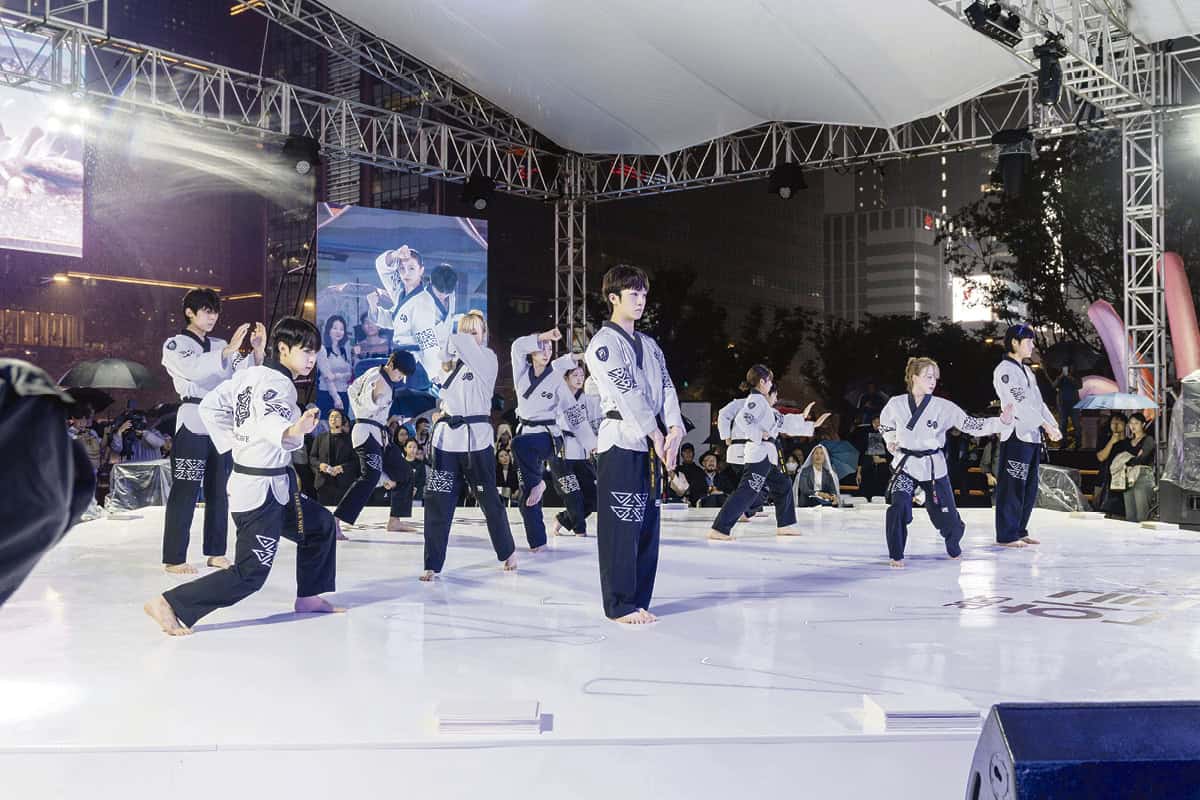
Throughout October, universities, language centres and local municipalities hosted events that united locals and foreigners in a shared love for the Korean language.
At Kyungpook National University, international students tested their speaking and writing skills in lively contests.
Dong-A University, Jeju National University, and Chungbuk National University held quizzes and creative writing challenges that made learning playful and inclusive.
Inha University and Hanyang University added a fun twist with scavenger hunts to find unique shop names written in Hangul.
Everywhere you turned, there was celebration and curiosity. From workshops on Korean proverbs to musical performances inspired by the alphabet, the entire country felt like one big classroom filled with laughter, creativity and cultural pride.
One of the most inspiring parts of the celebration came from a group of passionate university students known as Urimal Gakkumi.
Over 520 members across 12 regions dedicated their time to preserving and promoting the beauty of Hangul.
They collaborated with municipalities, hosted quiz contests and helped local stores create signboards written in elegant Korean lettering.
Their energy was infectious. You could see them in bustling city squares, smiling as they handed out pamphlets or guided curious tourists through the basic strokes of Hangul.
Their work culminated In a gathering at Olympic Park in Seoul, under the theme “In the Forest of Hunmin, Urimal Gakkumi Lives”.
The event featured language contests, dialect quizzes, photo exhibitions and workshops that allowed citizens to reflect on how far Hangul has come.
It was a lively mix of tradition and innovation, led by young people who understood that language is not just a tool, but a living legacy.
During my stay, I decided to join a Hangul writing class at one of the cultural centres. It turned out to be one of the most enchanting experiences of my trip.
The art teacher greeted us with warm enthusiasm and soft-spoken patience, guiding each of us to write our names in Hangul using traditional ink brushes.
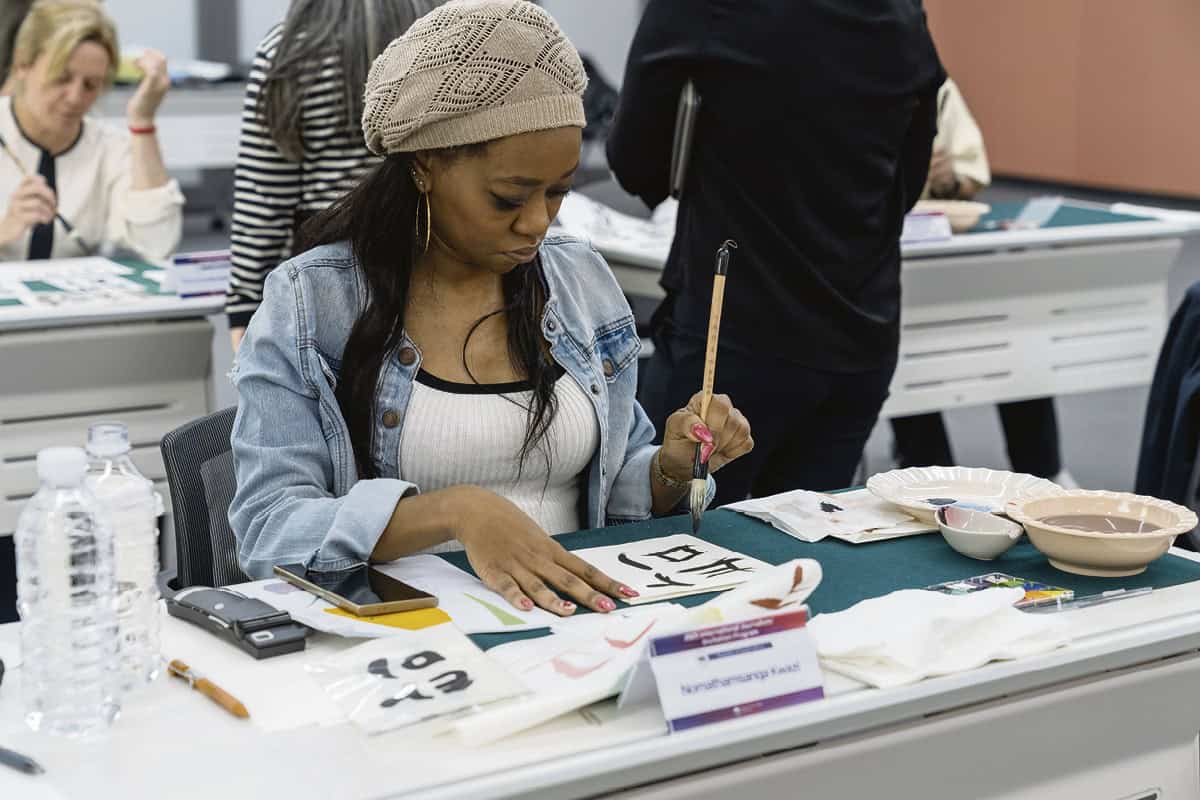
As the brush touched the paper, I felt the flow of each line, the curve of each letter and the care behind every stroke.
When the teacher finally wrote my name for me, it looked like art, fluid, balanced and utterly mesmerising.
My name had never looked so alive. It wasn’t just writing, it was painting emotion with sound and shape.
That class unlocked something new inside me. Suddenly, Hangul wasn’t foreign anymore; it was familiar, approachable and endlessly fascinating.
At the height of the celebrations, Gwanghwamun Square in Seoul transformed into a vibrant hub for the Hangeul Hanmadang Festival, which ran from 9 to 18 October.
The theme, “The More You Know, the Farther Hangul Goes”, captured the alphabet’s growing global influence.
Between 11 and 14 October, the square became a playground of discovery.
There were exhibitions on the history of Hangul, interactive booths where visitors practiced calligraphy, and digital installations that visualised the beauty of Korean sound patterns.
Artists reimagined the alphabet through fashion, sculpture, and design, while musicians blended traditional Korean instruments with modern beats, creating an electric yet soulful energy.
Families strolled through the square, couples wrote each other’s names in brush ink and children pieced together magnetic Hangul tiles to spell their favourite words. The entire scene was one of joy and shared wonder.
At night after the day’s events I would find myself glued to a local TV channel called Mnet, in the beginning for it’s familiar name, then I really just started enjoying the content .
It’s filled with colourful variety shows, fast-talking hosts and subtitles that flashed across the screen in a language I couldn’t understand. The words danced by so quickly that they looked like patterns instead of text.
But after taking the Hangul writing class, watching TV became a completely new experience. Suddenly, I could recognise letters, even if I didn’t fully understand the words.
I started sounding out simple phrases, giggling at my mistakes, and cheering when I recognised a syllable.
It felt like being a child again learning to read for the very first time.
What made it exciting was how different Hangul looks from anything Western. The letters look nothing like our alphabet and read nothing like it either, yet somehow my mind began to catch onto it faster than I expected.
The logic behind the script revealed itself slowly and before I knew it, I was piecing together meaning from sound and shape, just as King Sejong had intended all those centuries ago.
On my last night in Seoul, I returned to my room at The Plaza Hotel with a kind of giddy excitement.
The city lights sparkled outside my window and I sat with my notebook open, eager to practice what I had learned.
I wrote my name again and again, then added small words I had seen on signs or menus during the day.
The letters came alive beneath my pen, graceful and clear. I wasn’t just learning to write; I was learning to see.
That night, I realised that Hangul had given me more than knowledge, it had given me connection.
What began as curiosity had become affection and that affection had turned into something like love.
So yes, I fell in love in Korea. Not with a person, but with an alphabet that carries history, humanity, and heart.
Hangul may be made of lines and circles, but together they form something far greater: a language that speaks to the soul and reminds us that words, no matter where they come from, are a form of art.
Kwazi was a guest of the South Korean ministry of culture, sport and tourism.
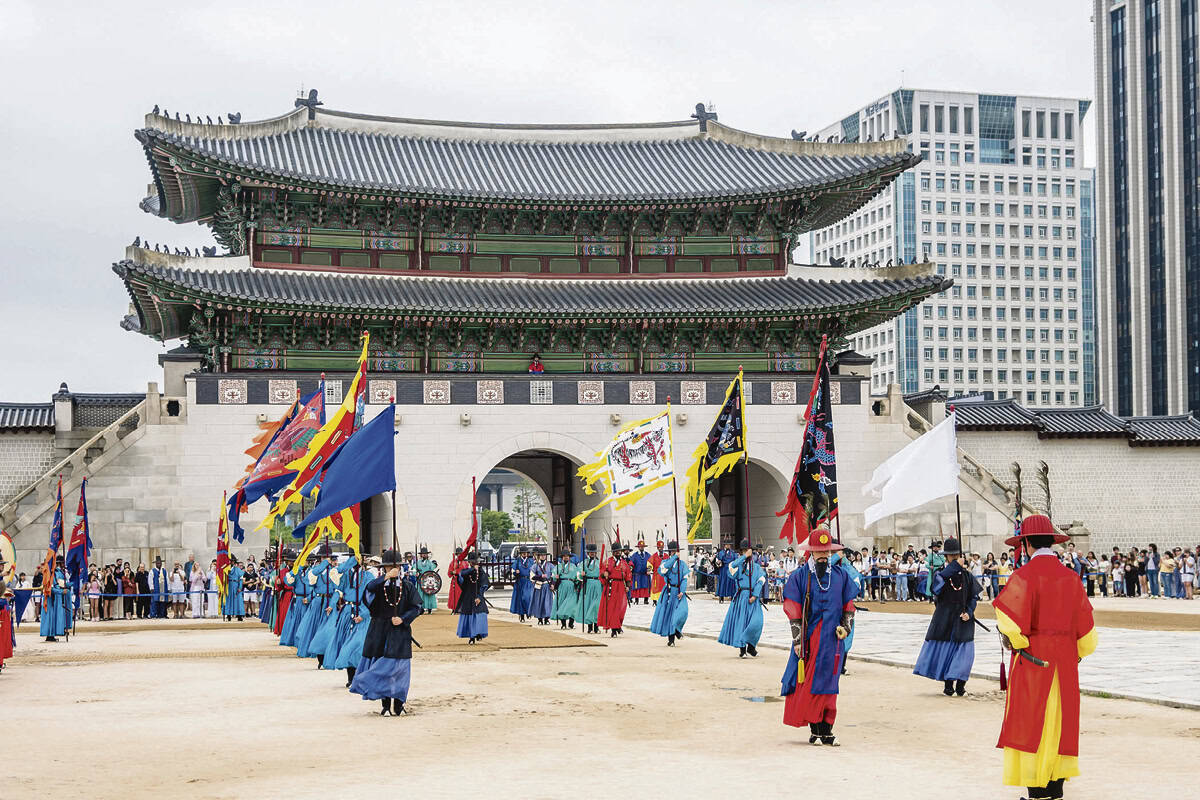
NOW READ: Just a darling place to stay: Discovering the West Coast gem


